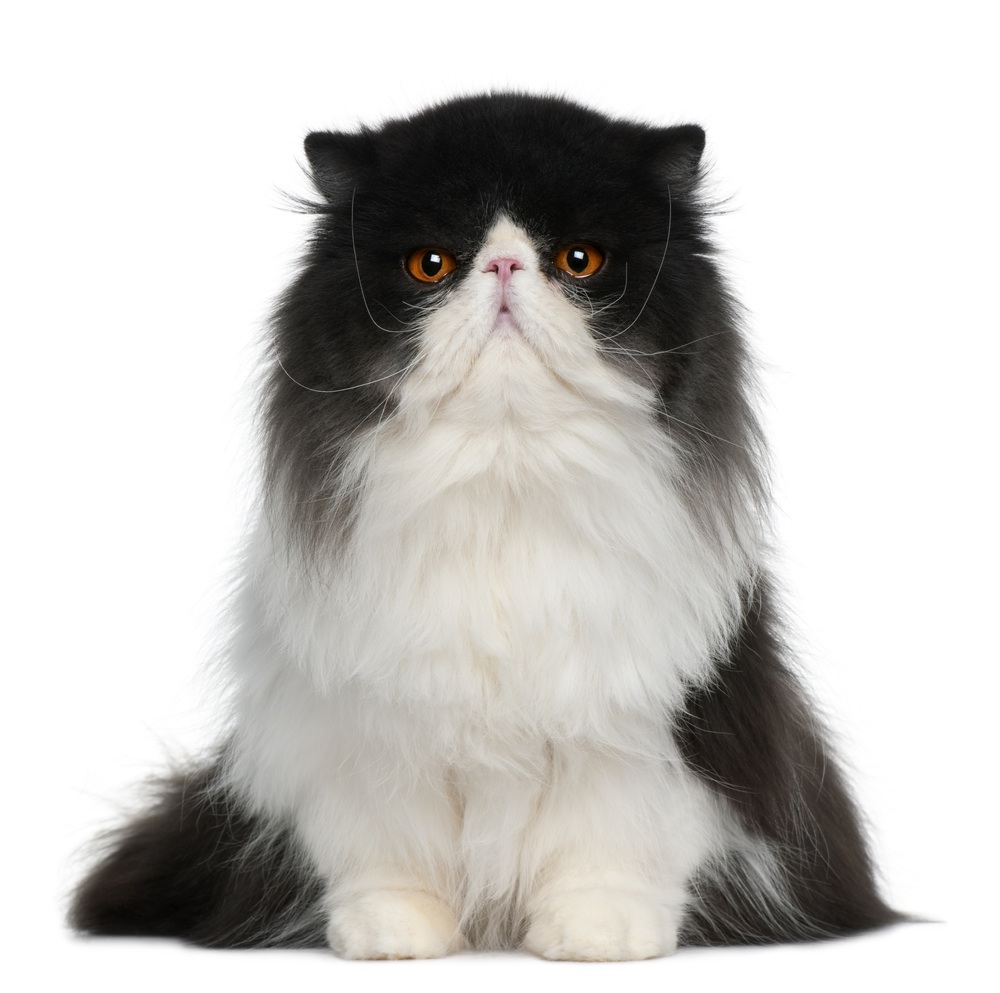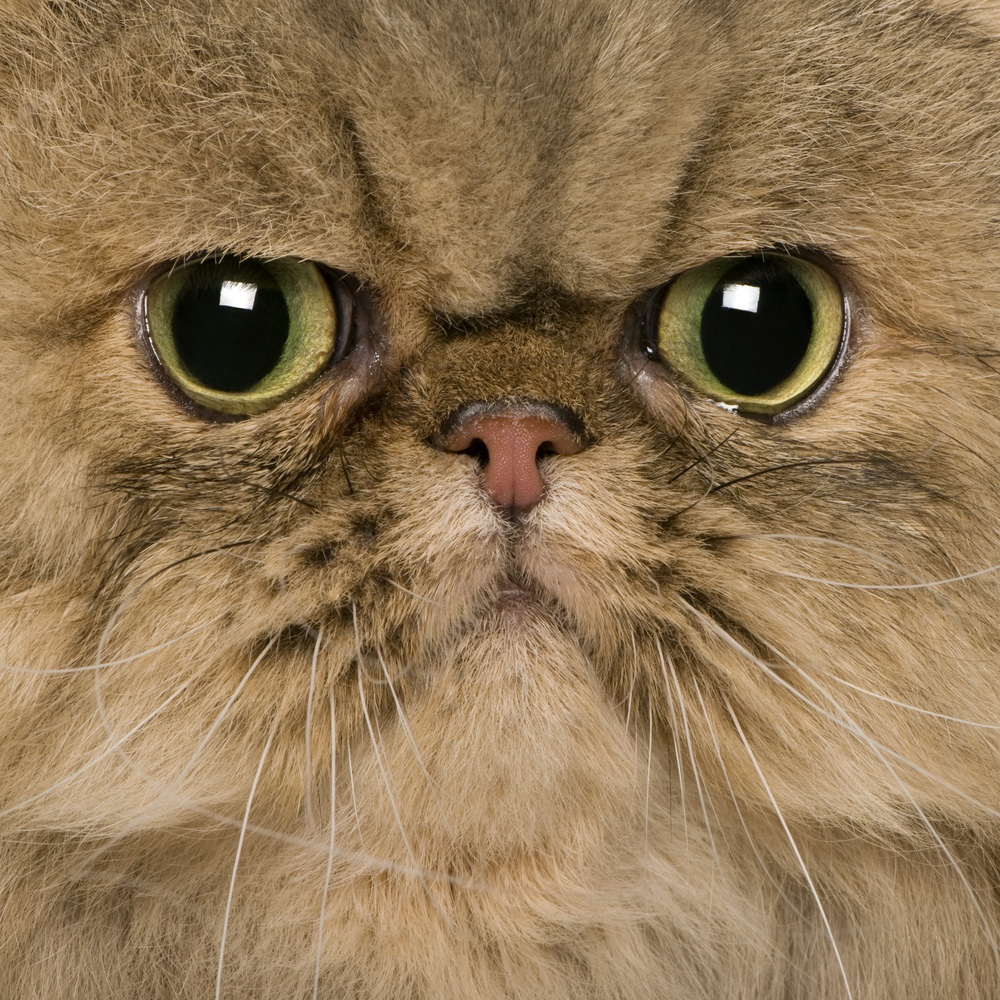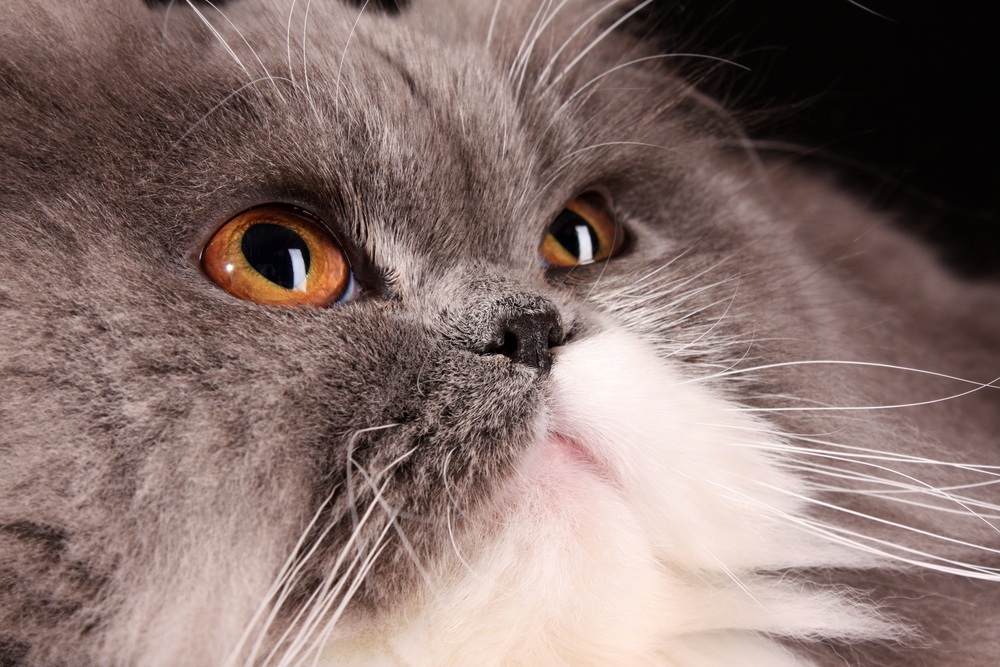Long-haired Breeds

As the number of pure-bred cats being kept as pets increases, so major international pet food manufacturers are now offering an expanding range of breed-specific diets for cats, pointing the way to a developing trend. Perhaps most significantly, these specialist diets are not marketing gimmicks, but address the underlying physiology and behaviour of the individual breeds.
Studies involving Persian cats, for example, have revealed that they feed in a completely unique way, compared with other cat breeds. This makes it difficult for them to eat conventional dry food as a result, causing them to appear rather clumsy as they often drop the individual kibbles. Royal Canin, which does not use any invasive testing as part of its research programme, discovered this simply by filming cats from below, when they were feeding on top of a glass table. Persians are forced to spend longer at the food bowl each day as well, because of the difficulty that they have in eating this type of food.

The film footage revealed that the Persian uses the underside of its tongue to pick up a kibble, so it sticks here and can then be flicked into the mouth, rather than scooping it up with the upper surface of the tongue like most other cats. Royal Canin’s research entailed the development of ten different kibble prototypes initially, and by careful observation, they noticed that an almond-shaped kibble was the easiest shape for a Persian to pick up with its tongue.
Chewing their food
Persians are also less likely to chew their food than other breeds, leaving them more vulnerable to dental disease, particularly as they grow older. The scientists then looked at the actual hardness of the kibble, with the aim of coming up with a texture that could help to lessen the likelihood of dental disease. The fine particles of each kibble serve as a way of brushing the surface of the teeth as the food is being eaten, helping to prevent a build-up of tartar. This happens as the teeth bite into the kibbles. A special piece of equipment called a texturometer was used to measure the force required, comparing this with how far the teeth go into the kibble. It was then possible to ensure the optimum balance in terms of the hardness of the kibble for this purpose.

The magnificent, flowing coat of the Persian, which would stretch some 370km (230ml) if all its hairs were placed end-to-end, means these cats can be especially vulnerable to hairballs. Royal Canin’s food is formulated to encourage the movement of fur through the intestinal tract, rather than allowing it to build up and create a blockage.
It also contains constituents to maintain a healthy coat, plus Vitamin C that will help the body to fight infection. Other ingredients help to lessen the likelihood of bladder stones, which are well-documented as a particular problem in this breed.